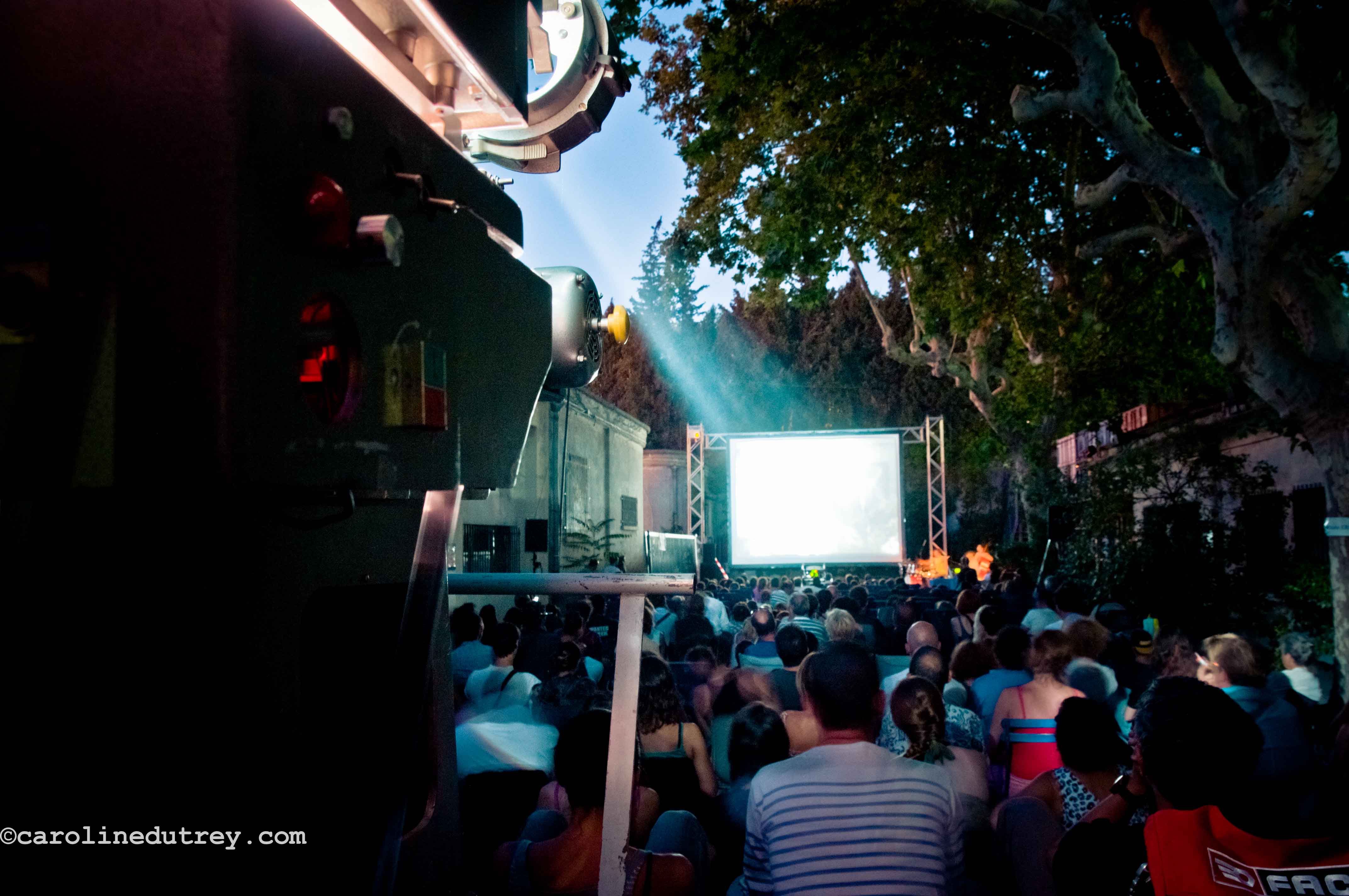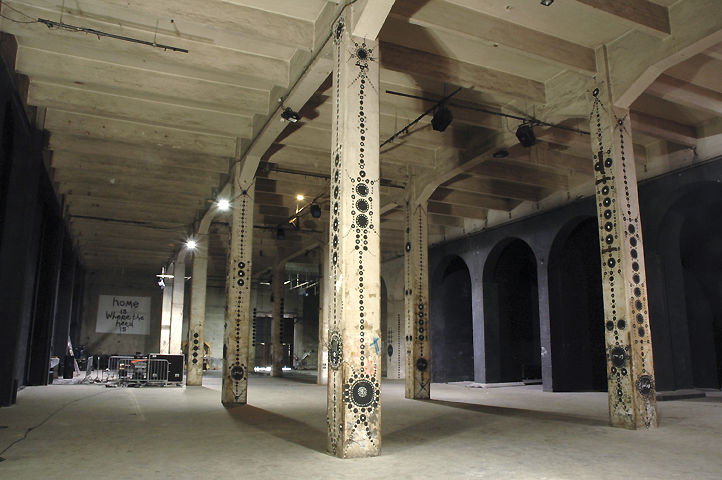WHO
The action is coordinated by the Société Coopérative d'Intérêt Collectif (SCIC) which incorporated La Friche in 2007. This governance solution has been central to manage and shape meanwhile spaces with no predefined destination, allowing the development of experimentations by bringing sufficient coordination effort without reducing the freedom of innovation of single actors.
WHAT
Since 1991 different spaces in La Friche have been kept as ‘empty spaces’ to allow activities “to be tested” on a permanent basis. Some of the initial empty spaces have been transformed throughout the years and have now a new use. However, a blank space to imagine new uses and functions is always left intentionally in La Friche.
Throughout the years, a majority of collaborative events since la Friche creation were addressed to explore possibilities of use of each vacant space of the ex-factory. Some of these spaces have been transformed throughout the year.
Since La Friche's creation, many collaborative events were run to explore possibilities of use of each vacant space of the ex-factory. Some spaces are still empty and used as an experimentation ground for activities shaping the future of the place.
Railways tracks, a building hosting museum archives, multimedia industries and an ex-maternity building hosting holidays activities for youth and families are composing the direct neighborhood of the Friche la Belle de Mai. This geographic closeness is facilitating synergies and common projects in cultural and creative sectors.
The immediate result of this kind of intervention on “empty space uses” are:
- it provokes cooperation between resident operators
- it opens perspective on the “possibles” in the space.
- it creates new crossovers of publics.
- it creates commons.
HOW
Means and technical aspects (security, public hosting, etc.) are shared and co-defined within the actors taking part in the initiative (in this case this happened within the SCI governance framework), with responsibility shared between producers. Although the system to make decisions on the use of spaces seems to be well organised and structured, the decisions still depend on the artistic willingness of their promoters, giving a large range of freedom to invent new uses and events in still vacant spaces in the site.
Each "tested" use has its own development process with or without participation of the public. At this point for empty space, potential users can exploit spaces as they want,so they become qualified by uses that are present (for example: pic nic and convivial space will cause installation of tables and chairs which are not fixed).


